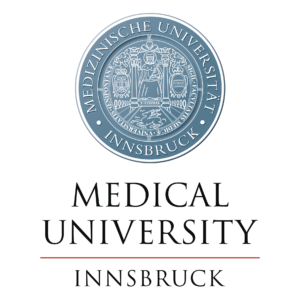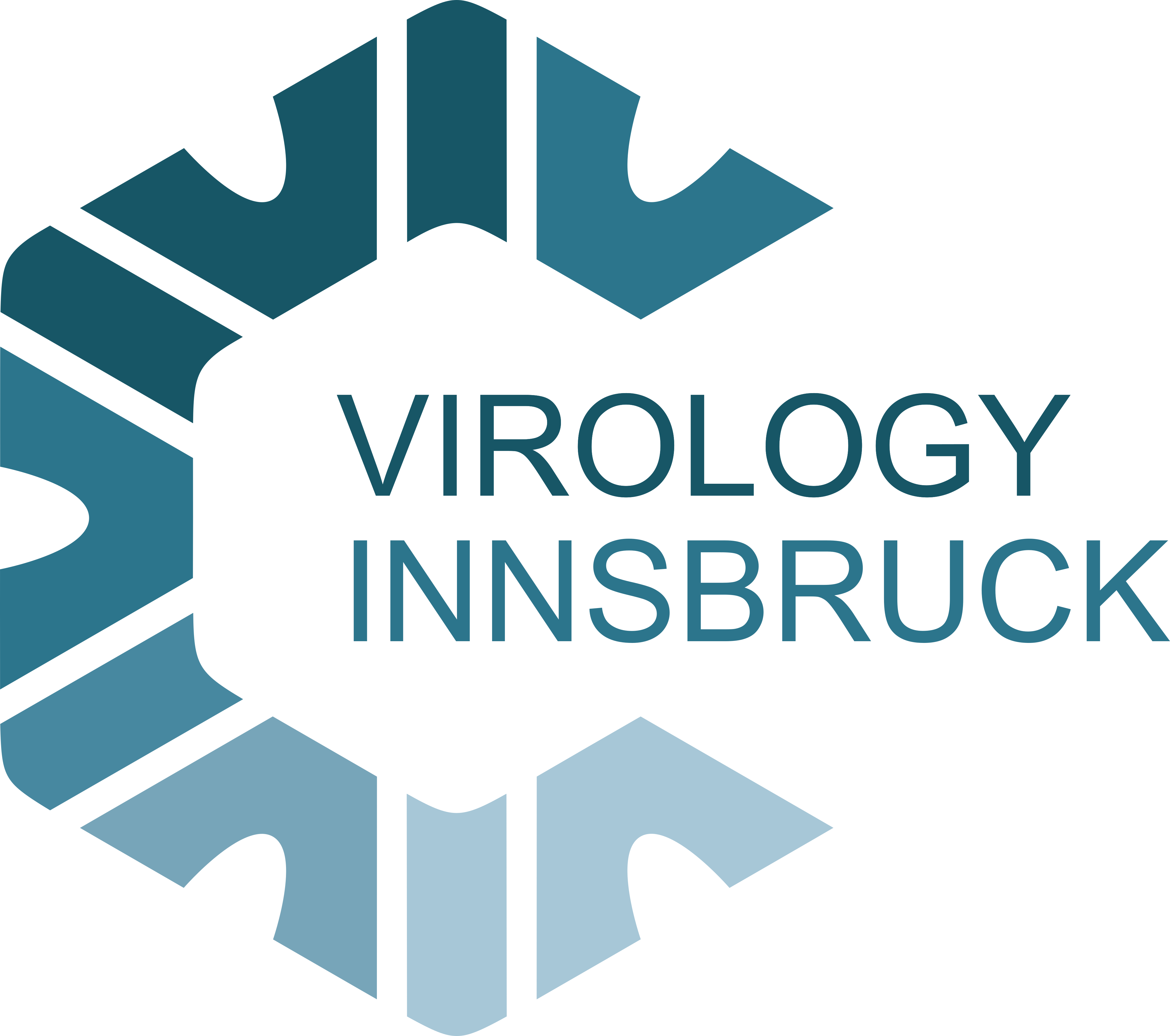August 2024
NewsletterSummary:
-
-
- Global increase: WHO reports 7.6 million Dengue cases by April 2024 – significant rise also in Austria with 65 cases in the first quarter of 2024
- Symptoms and progression: 75% of infections asymptomatic; symptomatic cases present with high fever, severe headache, muscle and joint pain (“bone-breaker fever”) and rash
- Severe complications: 2-4% develop Dengue Hemorrhagic Fever (DHF) with 1-5% mortality – risk increases with second infection by different serotype
- Diagnostics at the Institute: PCR from EDTA blood now offered, in addition to serological testing (IgM/IgG) and antigen test (NS-1)
- Vaccination recommendation: Tetravalent vaccine Qdenga recommended for travelers to high-risk regions with confirmed previous Dengue infection
-
At the end of May this year, WHO published data on worldwide case numbers of Dengue virus infections showing a significant increase compared to the previous year (7.6 million cases by April 2024). This in turn led to a noticeable rise in numbers in Europe, which are primarily travel-associated. According to AGES, approximately 30-120 Dengue virus infections are diagnosed annually in Austria; in the first quarter of 2024, this number already stood at 65.
Endemic risk areas include primarily tropical but also partly subtropical regions in Latin America, Central Africa and Southeast Asia, as well as India, the southern USA, South America, and Australia. As a representative of the arbovirus category, it is transmitted via mosquitoes, especially the Asian tiger mosquito and yellow fever mosquito. Due to the increasing spread of the tiger mosquito, the first sporadically occurring local infections in Europe have been described in the last 15 years (Croatia, Italy, Spain, Southern France, Portuguese Islands). A further increase of these autochthonous infections is to be expected.
Approximately 75% of infections are asymptomatic. In symptomatic cases, patients typically become ill after a 4-10 day incubation period. Symptoms primarily include high fever with severe headache, muscle and joint pain (“bone-breaker fever”) and a trunk-centered rash (Dengue triad). In most cases, symptoms resolve within one week. The feared complication is Dengue Hemorrhagic Fever (DHF), which occurs in approximately 2-4% of cases, requires inpatient treatment, and has a fatality rate of approximately 1-5%. A specific antiviral therapy against Dengue virus does not currently exist.
The risk of a serious course with DHF increases rapidly with a second Dengue virus infection with a different Dengue serotype (four types: 1,2,3,4), presumably through a process described as antibody-dependent enhancement, an antibody-mediated misdirection of viral entry.
Patients wishing to travel should be informed about the risk of this severe course with repeated infection. The infection risk for travelers to risk areas is estimated at approximately 0.2-1 percent per month of travel, so that first-time travelers are primarily advised to protect themselves against mosquitoes. There is currently no vaccination recommendation for Dengue-naive travelers. However, for travelers to high-risk regions with a confirmed previous Dengue first infection, travel vaccination with the recently approved tetravalent vaccine Qdenga is recommended (2-dose vaccination schedule with a 3-month interval).
Diagnostically, serological detection of IgM and IgG is the focus, although the high cross-reactivity with other flaviviruses should be considered: TBE, yellow fever virus, Zika virus, and West Nile virus. In the acute phase, direct pathogen detection via PCR is also possible, as well as an antigen test (Dengue NS-1). The Institute of Virology now offers PCR testing from EDTA blood.
Dr.med. Guido Wollmann
guido.wollmann@i-med.ac.at
+43 512 9003 71742



